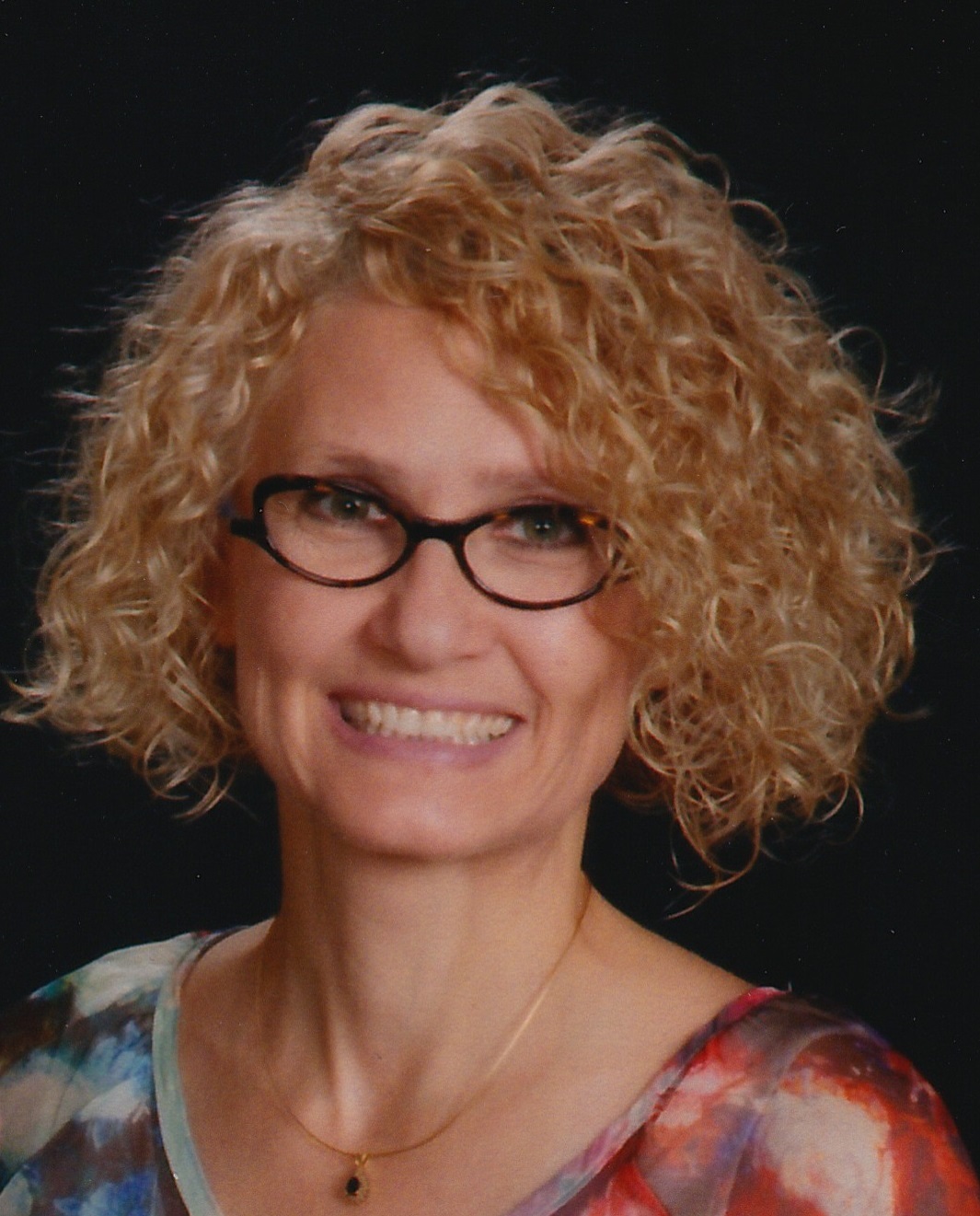So, your scouts are thinking about getting their Programming Merit Badges, but you don’t know where to get them started. With so many different platforms and coding languages, how do you know which ones are the most valuable and best for beginning coders? Where can they fulfill the badge requirements and also make something awesome to show their friends?
If you ask most software developers, they will tell you that learning JavaScript is a great way for anyone to get started coding, no matter the age. It continues to be one of the most widely used languages because of its range of compatibility, and it is the backbone of most web development, used by Uber, Paypal, Google, and Facebook. JavaScript is also a great way to get started coding because it’s already built into web browsers and requires no external setup.
The Programming Merit Badge requires that scouts create content in 3 different programs, using 3 different languages. When choosing a platform for using JavaScript, look no further than Vidcode, a student-led creative coding platform that introduces tweens and teens to the fundamentals of computer science and JavaScript programming. Scouts can use the opportunity to learn to code JavaScript by creating content in their everyday interests: personalized memes, game avatars, video and Instagram filters, and even augmented reality. Not only can Scouts apply skills in problem solving and critical thinking, they can also share their creations with friends. Vidcode takes them beyond the drag-and-drop block coding found in other learning platforms, teaching them to actually write their own code.
Today, Vidcode serves over 1 million students globally and leverages their research-backed curriculum to teach computer programming through rigorous and visual projects. When Vidcode collaborated with the other youth serving groups, some amazing things happened:
The youths’ confidence in their coding abilities increased from 37% to 89%.
The extent to which youth identified themselves as programmers increased from 42% to 89%.
The best part: Vidcode is built for youth and proctors alike to jump right into programming, even without any prior JavaScript or coding experience! Coders can complete a project on their own in just a few minutes. As one Vidcode educator stated:
“I have kids say ‘I was afraid of JavaScript at the beginning. I didn’t really want to do that.’ And with Vidcode they’re not afraid of [coding]. And that’s a big deal, for these kids to not be afraid to try another kind of coding.”
Who knows what else it might encourage your Scouts to explore!
Boy Scouts of America’s goal with the merit badges has always been to “enhanc[e] our youths’ competitive edge”, and this is now more important than ever in the computer science sectors. The U.S. Bureau of Labor Statistics suggests computer science job opportunities will continue to expand over the next decade, much faster than any other job sector. Regardless of kids’ access to computer science and STEM education in their school classrooms, Boy Scouts of America is committed to their mission of introducing boys to the world of coding. Vidcode’s content follows the same mission: Provide accessible, fun, activity-based curriculum centered on youth culture and creating content they love.
Happy Coding!

























































